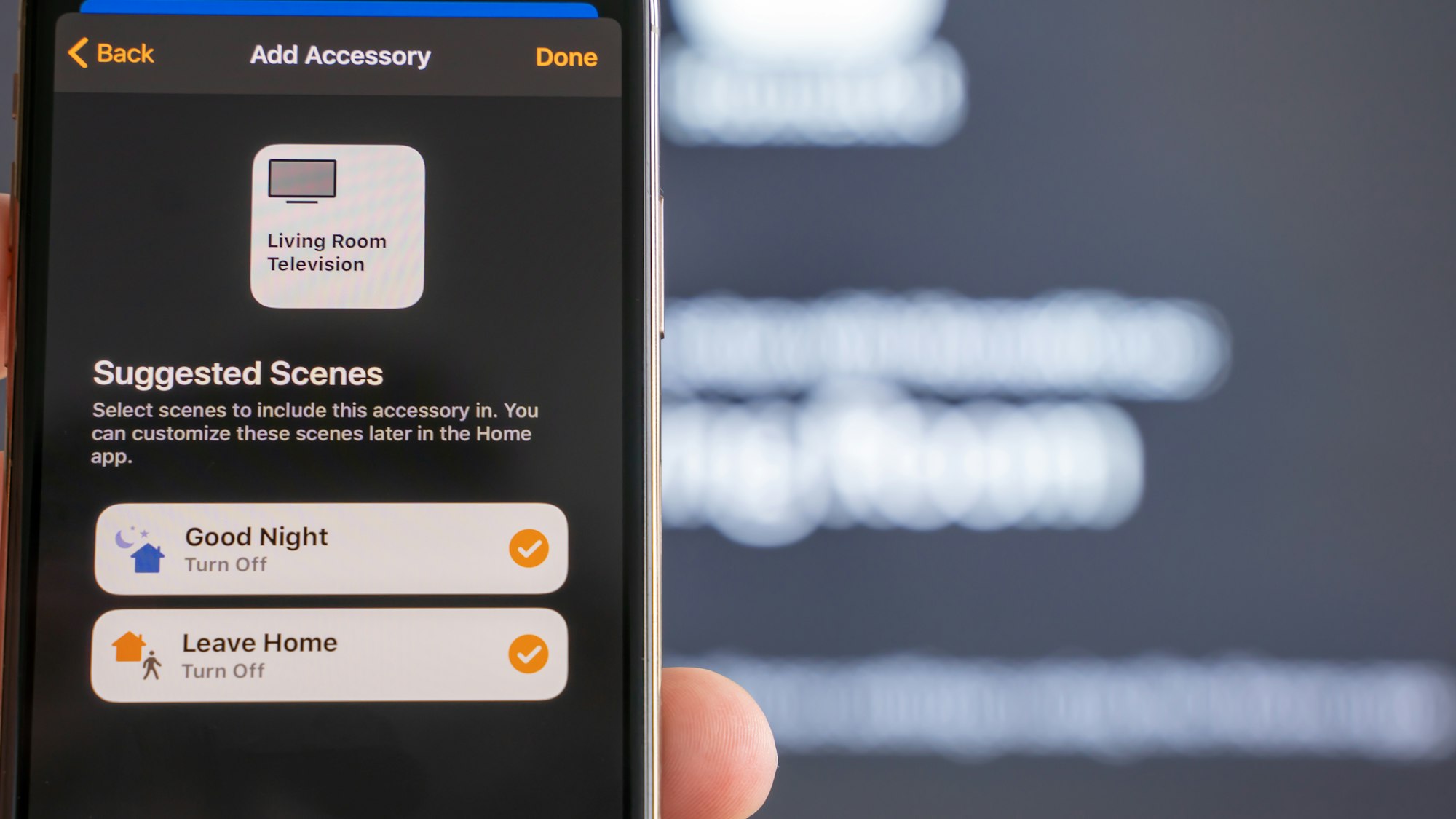The Hyper-Connected Battlefield: A CISO's Guide to Securing the Next Generation of Smart Environments

Executive Summary
This report provides a strategic overview of the paradigm shift in Internet of Things (IoT) security. The proliferation of connected devices across corporate, industrial, public, and consumer sectors has irrevocably dissolved the traditional network perimeter, rendering legacy security models that rely on a trusted internal network obsolete. The central thesis of this analysis is that organizational survival and resilience in this new era depend on a proactive, intelligence-driven, and holistic security posture built on the foundational principles of Zero Trust, comprehensive Device Lifecycle Management (DLM), and the strategic adoption of next-generation technologies such as Artificial Intelligence (AI), Digital Twins, and Post-Quantum Cryptography (PQC).
The analysis details the critical transition from data-centric threats to pervasive cyber-physical risks, where digital breaches have tangible, real-world consequences. These consequences are no longer confined to financial loss or reputational damage; they now directly impact human safety in hospitals, the operational integrity of critical infrastructure, the stability of global supply chains, and the security of public spaces. The modern threat landscape is characterized by an amplification of traditional attack vectors—such as credential compromise and ransomware—whose impact is magnified exponentially by the interconnected and often homogenous nature of IoT ecosystems. A single vulnerability in a widely deployed device firmware or a third-party software component can trigger a cascading failure across entire industries, elevating IoT security from an organizational concern to a matter of economic and national security.
This report serves as a guide for Chief Information Security Officers (CISOs) and other security leaders navigating this complex environment. It begins by dissecting the current threat landscape with an analysis of recent, high-profile breaches across key sectors, including retail, healthcare, and large-scale public venues. It then presents a robust defensive framework grounded in the strategic imperatives of DLM and Zero Trust Architecture (ZTA). Finally, it looks to the future, exploring the advanced technologies that will define the next generation of cyber defense and the evolving regulatory maze that is shifting security liability from the end-user to the manufacturer. The report concludes with a high-level roadmap for CISOs, outlining the critical strategic actions required to build a resilient, future-proof IoT security program capable of protecting the hyper-connected enterprise.

Section 1: The Evolving Cyber-Physical Threat Landscape (2024-2025)
The contemporary threat environment has undergone a fundamental transformation, driven by the exponential growth of interconnected devices. The attack surface is no longer a clearly defined digital perimeter but a diffuse, sprawling ecosystem of sensors, actuators, and endpoints that bridge the virtual and physical worlds. This section establishes the urgency of this new reality by analyzing the shift toward cyber-physical attacks, deconstructing the anatomy of recent breaches, and providing a data-driven snapshot of major incidents across key industries. The evidence demonstrates that traditional security approaches are insufficient for the complex, converged systems that define the modern smart environment.
1.1 Beyond Data Theft: The Rise of Cyber-Physical Attacks
The core argument that has reshaped cybersecurity thinking is that attacks have evolved from purely digital data theft to events capable of causing tangible, physical disruption and destruction [1]. The canonical example of this threat is the Stuxnet worm, which physically destroyed centrifuges in an Iranian nuclear facility by manipulating their industrial control systems. While Stuxnet was a highly sophisticated, state-sponsored attack, its principles are now being democratized and applied in a world saturated with insecure IoT devices. These devices—controlling everything from a building's HVAC and access control systems to manufacturing robotics and medical infusion pumps—serve as the bridge for attackers to cross from the digital to the physical realm.
A primary motivation for these attacks is no longer just the exfiltration of sensitive data but the deliberate creation of operational disruption. This shift in motive has profound implications for risk management. For instance, the 2023 cyberattack on United Natural Foods, a primary distributor for Whole Foods, resulted in empty grocery store shelves [2]. The goal was not necessarily to steal customer data but to paralyze a critical link in the food supply chain, demonstrating a direct and visible real-world impact. This tactic can cripple organizations by erasing profits, damaging reputations, and causing widespread chaos [3, 4]. In sectors like healthcare and transportation, the consequences are even more severe, where a breach in IoT devices could result in direct physical harm or create significant safety hazards [4]. The convergence of digital threats and physical consequences necessitates a security strategy that protects not only data but also the operational integrity and physical safety of the organization and its stakeholders.
1.2 Anatomy of Recent Breaches: Key Attack Vectors and Lessons Learned
While the consequences of IoT breaches are evolving, the methods used to perpetrate them often rely on exploiting fundamental security weaknesses at a massive scale. The interconnected nature of IoT amplifies the impact of these traditional vectors, allowing attackers to compromise vast numbers of devices and systems with alarming efficiency.
Credential-Based Attacks: The exploitation of weak, default, or stolen credentials remains one of the most common and effective entry points for attackers. The 2024 breaches of the streaming company Roku, which compromised over 576,000 user accounts, were the result of credential stuffing, where threat actors use lists of usernames and passwords from previous breaches to gain access [5]. Similarly, the multiple T-Mobile breaches in 2023 put customer data at risk through credential-based attacks [2]. The shocking simplicity of this vector was highlighted in the 2025 McDonald's incident, where security researchers cracked an AI chatbot protecting the personal information of 64 million job applicants with the password "123456" [2]. These incidents underscore a persistent failure in basic security hygiene, a vulnerability that is magnified across billions of IoT devices that often ship with insecure default credentials [4].
Botnets and Distributed Denial-of-Service (DDoS) Attacks: Insecure IoT devices are prime targets for conscription into botnets—vast armies of compromised devices controlled by a single threat actor. The infamous 2016 Mirai botnet, which leveraged over 100,000 infected cameras and DVRs to launch a massive DDoS attack that disrupted internet services across North America and Europe, set the precedent [4, 5]. This threat has only evolved. In November 2024, a threat actor known as "Matrix" deployed a variant of the Mirai malware to create a global botnet for DDoS attacks, targeting connected devices with known vulnerabilities [5]. Similarly, the Raptor Train botnet, likely operated by a Chinese nation-state actor, compromised over 200,000 small office/home office (SOHO) routers, IP cameras, and network-attached storage (NAS) devices [5]. The ENISA Threat Landscape reports confirm this trend, noting that DDoS attacks consistently use IoT devices, adapting existing malware to expand their reach [6, 7]. The sheer volume of vulnerable devices ensures that even if a device is rebooted and cleared of malware, it can be quickly reinfected, allowing threat actors to maintain persistent control over their botnets [5].
Supply Chain and Third-Party Risk: An organization's security posture is no longer defined by its own defenses but is inextricably linked to the security of its entire supply chain and third-party vendors. The 2023 breach of MOVEit, a managed file transfer application, serves as a stark case study. A single vulnerability exploited by the CLOP ransomware gang led to the compromise of data from over 2,600 companies and 77 million individuals globally [8]. This demonstrates how a single point of failure in a widely used piece of software can have catastrophic, cascading consequences. The most significant example of this systemic risk is the February 2024 ransomware attack on Change Healthcare, a subsidiary of United HealthGroup. Because Change Healthcare provides critical functions for claims, billing, and prescription processing, the attack impacted virtually every hospital in the United States, disrupting patient care and halting billions of dollars in payments [9, 10]. This incident, which exposed the data of an estimated 190 million individuals, has shone a spotlight on the fragility of hyper-connected critical infrastructure and the urgent need to manage third-party risk [10, 11].
1.3 Threat Intelligence Spotlight: Analyzing Major Incidents Across Sectors
The data from recent breaches reveals a critical pattern: the attack vectors themselves are not necessarily new, but their scale and impact are amplified exponentially by the interconnectedness and homogeneity of modern technology ecosystems. A single vulnerability in a widely used camera firmware [5], file transfer software [8], or healthcare clearinghouse [10] can create a global crisis almost instantaneously. This represents a fundamental shift in the nature of cyber risk. The threat is no longer just a series of isolated incidents targeting individual organizations; it is evidence of systemic risk embedded in the global technology supply chain. The "blast radius" of a single vulnerability is no longer confined to one entity but can trigger a chain reaction across entire industries. This elevates the challenge of IoT security from a standard organizational concern to a matter of broad economic and national security. The following table provides a snapshot of this reality, grounding the subsequent analysis in real-world events.
Table 1: Recent Major IoT-Related Data Breaches (2023-2025)
Section 2: Sector-Specific Battlegrounds: IoT Vulnerabilities in Practice
While the overarching threats to IoT ecosystems are universal, their manifestation and impact vary significantly across different industries. Each sector deploys IoT for unique purposes, creating distinct attack surfaces and risk profiles. Analyzing these sector-specific battlegrounds provides tailored insights for industry professionals and reveals common principles of vulnerability that can inform a more robust, cross-disciplinary defense. The convergence of operational technology (OT) and information technology (IT) is a recurring theme, blurring the lines between digital security and physical safety.
2.1 Retail & Grocery: From Vulnerable POS Systems to Compromised Cold Chains
The retail and grocery sectors have aggressively adopted IoT to enhance customer experience, optimize supply chains, and improve operational efficiency. This digital transformation has created a vast and diverse attack surface, encompassing everything from in-store devices to back-end logistics systems. The IoT landscape in a modern retail environment includes customer-facing technologies like beacons that send targeted ads to smartphones, interactive digital signage, and automated self-checkout kiosks [4, 12]. Operationally, retailers rely on smart shelves and digital price tags for real-time inventory management, as well as complex networks of sensors for supply chain control and monitoring environmental conditions in warehouses and refrigeration units [13, 14, 15].
This interconnected ecosystem introduces significant vulnerabilities. A primary concern is the security of Point-of-Sale (POS) systems, which are frequent targets for malware designed to harvest credit card data [3]. The 2018 breach at Forever 21, where attackers deployed malware on POS systems for seven months, is a classic example of this threat [3]. Beyond POS, the vast amount of data collected by in-store sensors raises significant privacy concerns, as customer behavior, preferences, and movements are tracked and analyzed [16]. Furthermore, the deep integration with supply chains means that a cyberattack on a third-party vendor or logistics partner can have immediate physical consequences. As seen in the attack on United Natural Foods, a disruption in the digital systems managing inventory and logistics can quickly lead to empty grocery shelves, directly impacting revenue and food security [17]. The high frequency of these incidents is alarming; a recent report indicated that 72% of retailers were hit by a cyberattack via one or more IoT devices in the last year alone [18]. The breaches at major retailers like Giant Tiger (2.8 million customer records stolen) and JD Sports (10 million customer records) underscore the massive scale of data at risk [2, 3].

2.2 Healthcare (IoMT): When Patient Safety and Cybersecurity Converge
Nowhere is the convergence of digital risk and physical harm more acute than in healthcare. The proliferation of the Internet of Medical Things (IoMT) has revolutionized patient care, enabling remote monitoring, automated drug delivery, and AI-powered diagnostics. The IoMT ecosystem includes a vast array of life-critical devices, such as connected pacemakers, remote-controlled infusion pumps, and advanced imaging systems, as well as operational technology like IoT-enabled medical refrigeration units that store sensitive vaccines and biologics [19, 20].
The security of this ecosystem is not merely a matter of data privacy; it is a direct issue of patient safety. A compromised device can have life-or-death consequences. A ransomware attack that freezes a network of infusion pumps in an intensive care unit, for example, can interrupt the delivery of critical medication, turning an IT failure into a catastrophic medical event [20]. The scale of the threat to healthcare is unprecedented. In 2024, the sector experienced its worst-ever year for data breaches, with the attack on Change Healthcare alone impacting an estimated 190 million individuals and disrupting clinical operations across the entire U.S. [9, 11, 21]. Statistics reveal a deeply vulnerable industry: 53% of connected medical devices have known critical vulnerabilities, yet only 15% of healthcare organizations have a dedicated IoMT security strategy [20].

Securing IoMT presents a unique set of challenges that distinguish it from traditional IT security [19]:
- Device Diversity: IoMT environments are a heterogeneous mix of devices from countless manufacturers, each with different operating systems and communication protocols, making standardized security policies incredibly difficult to apply [19].
- Resource Constraints: Many medical devices have limited processing power and memory, which means they cannot support traditional security tools like antivirus software or endpoint detection and response (EDR) agents. Security solutions must be lightweight and specifically designed for these constrained environments [19].
- Regulatory Hurdles: Medical devices are subject to stringent regulatory oversight from bodies like the U.S. Food and Drug Administration (FDA). Even minor software changes, including critical security patches, require a lengthy compliance and validation process, which can significantly delay the remediation of known vulnerabilities [19].
- Clinical Imperatives: Taking a critical medical device offline for patching or maintenance is often not feasible, as it can disrupt patient care and diagnostics, forcing a difficult trade-off between security and operational continuity [19].
2.2.1 Deep Dive Case Study: Securing Wireless Infusion Pumps
Wireless infusion pumps are a prime example of the cyber-physical risks inherent in IoMT. These devices are critical for patient care but have been shown to possess significant vulnerabilities. An analysis of Baxter's Sigma Spectrum infusion pumps revealed multiple security flaws that could be exploited by threat actors. These included the use of hard-coded passwords that provide access to sensitive biomedical menus, the transmission of operational data in unauthenticated cleartext, and, most critically, the storage of Wi-Fi credentials in the non-volatile memory of their detachable wireless battery modules [22, 23, 24, 25].
This last vulnerability creates a potent physical attack vector. A threat actor could purchase a compatible battery unit on a secondary market like eBay, physically attach it to a hospital's infusion pump, power-cycle the device to transfer the network credentials to the battery, and then walk away with the hospital's critical Wi-Fi data [22, 25]. Successful exploitation could lead to a delay or interruption of therapy, access to sensitive data, or alteration of the device's configuration [22, 24].
In response to these and similar threats, regulatory and standards bodies have issued clear mitigation guidance. The U.S. Cybersecurity and Infrastructure Security Agency (CISA) and NIST's National Cybersecurity Center of Excellence (NCCoE) recommend a defense-in-depth strategy that focuses on securing the environment around the device [23, 26, 27]. Key recommendations include:
- Network Segmentation: Isolating infusion pumps and other medical devices on their own network Virtual Local Area Networks (VLANs) to segregate them from other hospital systems and prevent lateral movement by attackers [23].
- Strong Wireless Security: Using the strongest available wireless network security protocols, such as WPA2 with EAP-TLS, to provide robust authentication and encryption for all data transmitted to and from the device [23].
- Traffic Monitoring: Actively monitoring network traffic for unauthorized or unexpected communications and blocking suspicious activity at the network boundary [23].
- Physical Security: Implementing appropriate physical controls to protect against unauthorized access to devices and prevent tampering [23].









